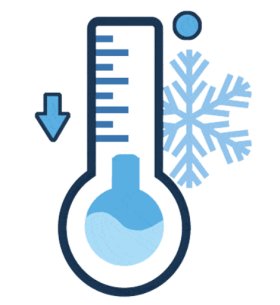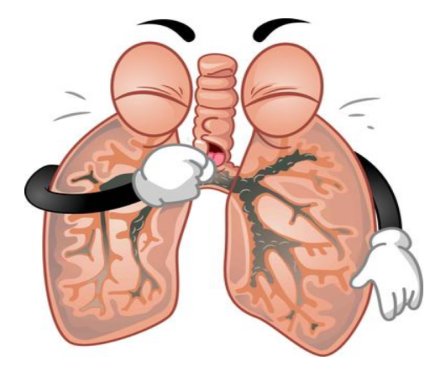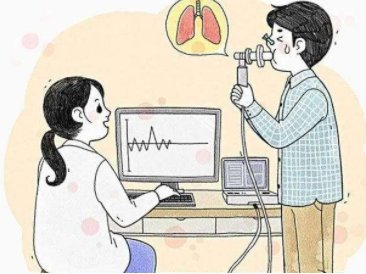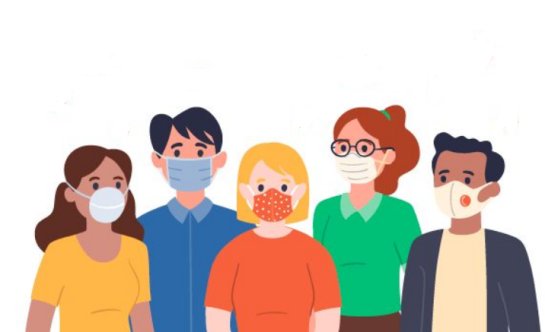
The cold wave is raging, and many parts of the country have entered the “quick freezing” mode, especially for patients with COPD hard. The temperature drops sharply, stimulated by cold air, and the airway reactivity increases, which can cause cough, chest tightness and even asthma, dyspnea, etc. People with family history and sensitive constitution will be more serious. The climate changes greatly in winter and spring, and patients with COPD are prone to repeated or significantly aggravated conditions. 
COPD often starts with just coughing, coughing Phlegm, then coughing more and more frequently, even disturbing sleep, and eventually even daily daily activities make the patient feel wheezing. If a patient with COPD is acutely exacerbated by a cold, often very dangerous. The patient may experience severe breathing difficulties, cough, expectoration, chest tightness and other symptoms, and in severe cases, may also experience lung infection and respiratory failure. and other complications. 
Once you have COPD, you actually enter the gradual decline of lung function. With standard treatment, the rate of lung function decline will be slower, and the time from COPD to respiratory failure can be extended for several years. Without treatment or inappropriate treatment, patients with COPD may progress from COPD to respiratory failure in a short period of time. Every acute attack of COPD may cause irreversible damage to the lungs. If the number of acute attacks is too many, the rate of decline of lung function will also be greatly increased. 
Cough, expectoration and asthma are COPD However, COPD often has no symptoms or only mild symptoms in the early stage, and when patients develop symptoms such as asthma and shortness of breath, lung function may have been damaged by more than 50%, and the optimal treatment time has been missed. Academician Zhong Nanshan strongly appeals: People over 40 years old should have a lung function test every year, which will help to detect chronic obstructive pulmonary disease in time! 
In winter and spring, COPD patients, It is not only necessary to maintain standardized medication and treatment, but also to take daily precautions to effectively prevent the acute attack of COPD and delay the progression of the disease. 1. Quit smoking. Smoking is the most important cause of COPD, therefore, old smokers must quit smoking! Non-smokers should pay attention to avoid the harm of second-hand and third-hand smoke. 2. Wear a mask when going out. Winter and spring are cold in the morning and evening, and the temperature difference between day and night is large. Patients with COPD should not exercise in the morning. They should keep warm and add clothes in time. Wear a mask in haze weather to keep the nasal cavity warm, prevent cold air from directly entering the nasal cavity, and stimulate the respiratory tract. Try not to breathe through your mouth. 3. Get vaccinated. Patients with COPD can be vaccinated in advance, such as pneumonia vaccine, influenza vaccine, etc., which can help prevent acute COPD attacks. 4. Supplement protein and nutrients. Patients with COPD should supplement with enough protein and nutrients, such as milk, lean meat, eggs and other high-quality proteins, as well as more vegetables and fruits, and less greasy food. 5. Enhance breathing function through aerobic exercise. Brisk walking, jogging, yoga, Baduanjin, breathing exercises and other exercises can exercise lung function. Through professional lung rehabilitation exercises, such as abdominal breathing, pursed lip breathing, can effectively improve lung function. 
Source: Fujian CDC, Healthy Fujian













